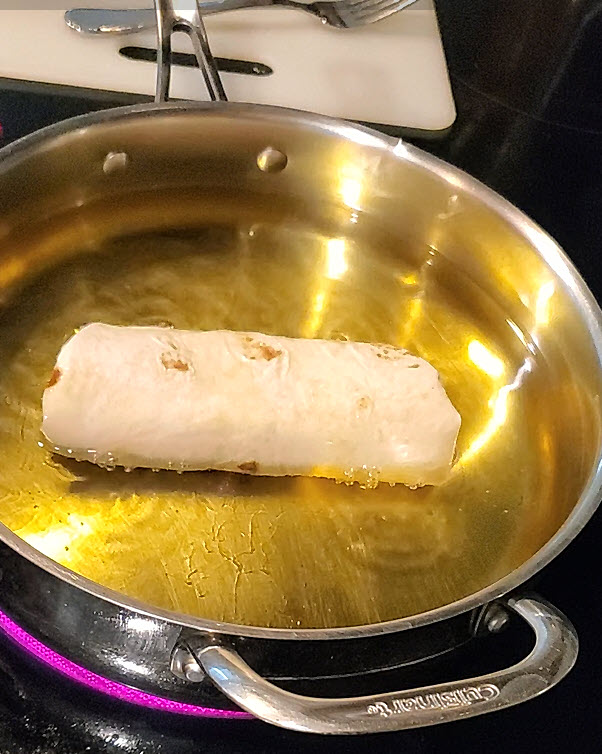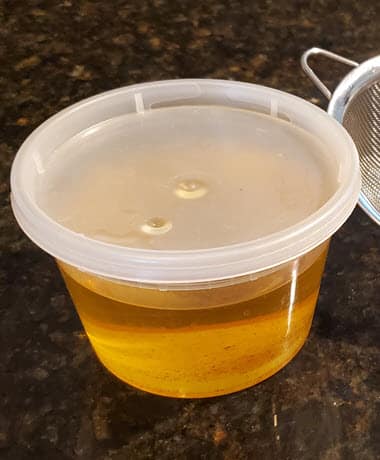Cooking oil is an essential ingredient in the kitchen, used for frying various dishes and imparting rich flavors to our favorite meals. However, it can become costly and wasteful to dispose of used cooking oil after just one use. Learning how to reuse oil for deep frying can not only save you money but also reduce environmental impact.
Proper Filtration and Storage
The first step in reusing cooking oil is to ensure that it is properly filtered and stored after each use. Once the oil has cooled down, use a fine mesh strainer or cheesecloth to remove any food particles or debris. Filtering the oil prevents it from becoming rancid and extending its usability. Store the filtered oil in a clean, airtight container away from light and heat sources to maintain its quality. After each frying session, allow the used cooking oil to cool down before storing or reusing it. Rapidly cooling hot oil by placing it in the refrigerator or freezer can cause condensation, leading to potential bacterial growth and spoilage.

Monitoring Oil Quality
Cooking oil has a limited number of uses before it degrades, affecting the taste and nutrition of the food. Keep track of the number of times you reuse the oil, and remember that certain factors like the type of food fried, cooking temperature, and the presence of spices can reduce the oil’s lifespan. For example, frying fish tends to leave a strong odor in the oil, making it unsuitable for frying delicate items like pastries. To maintain the integrity of the flavors and ensure the best frying results, avoid mixing different types of cooking oils. Reusing the same oil for the same kind of dishes is ideal, as it prevents flavor cross-contamination and ensures consistent results.
Before reusing cooking oil, perform a simple sensory test to check for signs of spoilage. If the oil gives off a sour or rancid smell, has a cloudy appearance, or imparts an off-flavor to the food, it is time to dispose of it properly. Trust your senses; if something doesn’t seem right, err on the side of caution and replace the oil. While reusing cooking oil is a practical and eco-friendly option, it is essential not to overuse it. Over time, the oil breaks down, leading to the formation of harmful compounds that can be detrimental to your health. As a general rule, aim to use cooking oil for no more than three to five frying sessions.
Dispose of Used Oil Responsibly
When it’s finally time to dispose of the used cooking oil, never pour it down the sink or toilet. Used oil can clog pipes and harm the environment. Instead, collect the used oil in a sealed container to throw it away or take it to a local recycling center, where it can be repurposed for biodiesel or other environmentally friendly applications.
Disney Copycat Recipes For Frying
I have several Disney copycat recipes that feature iconic Disney fried foods!
- Disneyland Chimichangas
- Disneyland Breakfast Chimichangas
- Magic Kingdom Cheeseburger Spring Rolls
- Magic Kingdom Pepperoni Spring Rolls
- Disneyland Churros
Learning how to reuse oil for deep frying is an excellent way to save money and reduce waste in the kitchen. By following proper filtration, storage, and monitoring techniques, you can extend the life of your cooking oil without compromising on taste or health. Remember to use your senses to determine if the oil is still suitable for frying, and always dispose of used oil responsibly to protect the environment. With these tips and techniques, you can make the most of your cooking oil and become a more sustainable and efficient home cook.

